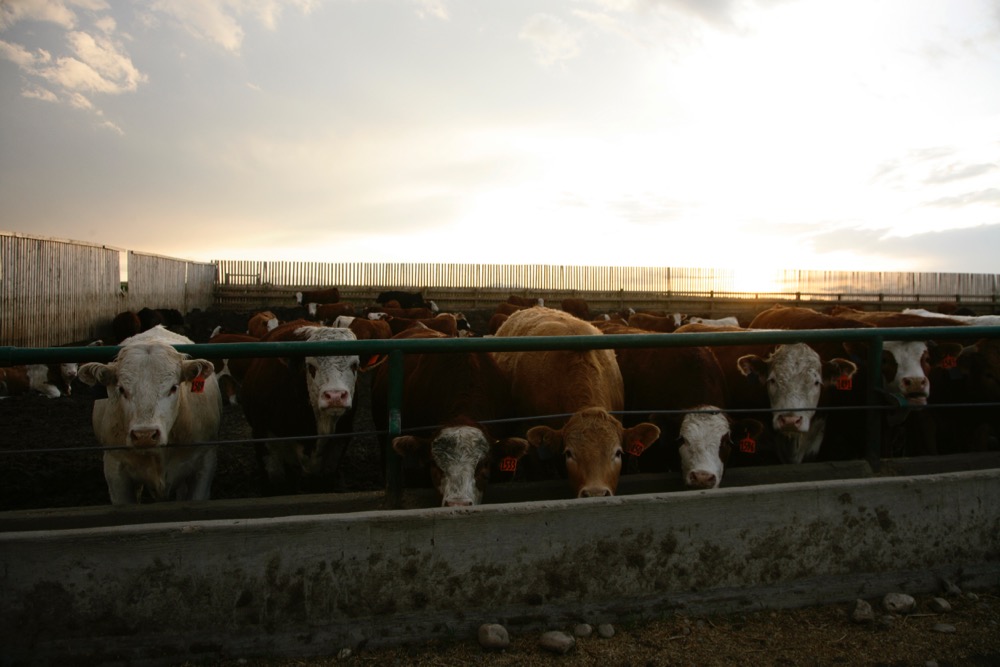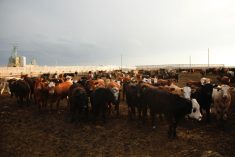Compared to last week, western Canadian feeder cattle prices were steady to $3 lower on average. Many auction barns were on holidays last week. Auctions that did hold sales had limited numbers on offer.
The feeder market remains under pressure due to negative feeding margins, firm feed grain values and weakness in deferred live cattle futures. U.S. buyers were on the sidelines as the corn market contends with production uncertainty. Adverse rains continue to plague southern Ontario, tempering interest from Eastern Canada. Therefore, local feedlot operators were the main buyers, picking away at small groups. Talk in the trade was that buyers were subtly trying to securing ownership of lighter calves under 650 lbs. It appears that western Canadian calf supplies will be down from year-ago levels this fall.
Read Also

Alberta crop conditions improve: report
Varied precipitation and warm temperatures were generally beneficial for crop development across Alberta during the week ended July 8, according to the latest provincial crop report released July 11.
In southern Alberta, medium- to larger-frame mixed steers with light flesh levels weighing 940 lbs. were valued at $168 delivered to the feedlot; medium-frame tan heifers with medium to lower flesh averaging 900 lbs. were valued at $160 in the Lethbridge area. In central Alberta, medium- to larger-frame Angus-blended steers with light butter levels averaging 850 lbs. were valued at $178.
In central Saskatchewan, Simmental mixed steers with lower flesh weighing 750 lbs. were quoted at $193 and mixed heifers averaging 735 lbs. were reported at $172. In southern Alberta, tan steers weighing 620 lbs. were valued at $211 and Charolais-blended steers averaging 540 lbs. were quoted at $223.
Good-quality low to middle age cows with 250- to 350-lb. calves have been selling in the range of $1,600 to $2,200 in southern Alberta and southern Saskatchewan.
The feeder market is in a precarious situation at this time of year because of uncertainty in feed grain prices this fall. Secondly, it’s hard to define the fed cattle basis in the deferred positions while the live cattle futures are trading near contract lows. Therefore, the feeder market appears to be incorporating a risk discount, especially for yearlings.
— Jerry Klassen manages the Canadian office of Swiss-based grain trader GAP SA Grains and Produits Ltd. and is president and founder of Resilient Capital, specializing in proprietary commodity futures trading and market analysis. Jerry consults with feedlots on risk management and writes a weekly cattle market commentary. He can be reached at 204-504-8339 or via his website at ResilCapital.com.



















